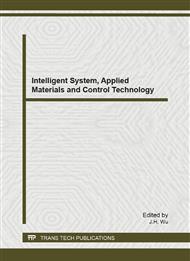p.387
p.392
p.396
p.405
p.409
p.413
p.418
p.422
p.426
Influence after Distributed Generation Access to the Distribution Network and its Reactive Power Control Strategy
Abstract:
Distributed generation technology is a new way of power generation and energy utilization, which has broad prospects for development. After Distributed Generation access to Distribution network near the load, the load distribution will changed.In this paper, discuss the different access location that distributed generation access to the distributed network has different influence to voltage and loss. At the same time, Combination of theory and practical example simulation to description of distributed power generation how to influence the distribution network voltage and network losses. Finally, it’s a brief introduction to the reactive power control strategy of distributed power generation systems.
Info:
Periodical:
Pages:
409-412
Citation:
Online since:
January 2013
Authors:
Price:
Сopyright:
© 2013 Trans Tech Publications Ltd. All Rights Reserved
Share:
Citation:


